King Charles III will be officially crowned head of the British monarchy on May 6 in Westminster Abbey, eight months after his mother, Queen Elizabeth II, died at the age of 96. The formal coronation rituals mostly haven’t changed for a thousand years, but each ceremony has also become an opportunity to reflect on how much Britain has changed. The events, which are funded by the British taxpayer, also serve as a bright spot in dark times, and are a show of stability in the royal household during times of family drama.
While most Britons are still in favor of a monarchy, some polling suggests that number has been steadily slipping over the last decade. An Ipsos poll shows 68% support the monarchy in 2022, down from 80% in 2012. Young Brits tend to be more anti-monarchy, and that’s been the case for the last three decades. While the U.K. has previously gone all out for coronations, there is a smaller guest list for this year’s doo, and British pop stars—including Elton John and the Spice Girls—even turned down invitations to perform.
But the show will go on. The last time a coronation ceremony took place for a King and Queen Consort was on May 12, 1937, when George VI and his wife Queen Elizabeth (known as the Queen Mother) assumed the throne after his brother Edward VIII abdicated to marry American divorcée Wallis Simpson. Their daughter, the future Queen Elizabeth II, was an 11-year-old Princess back then.
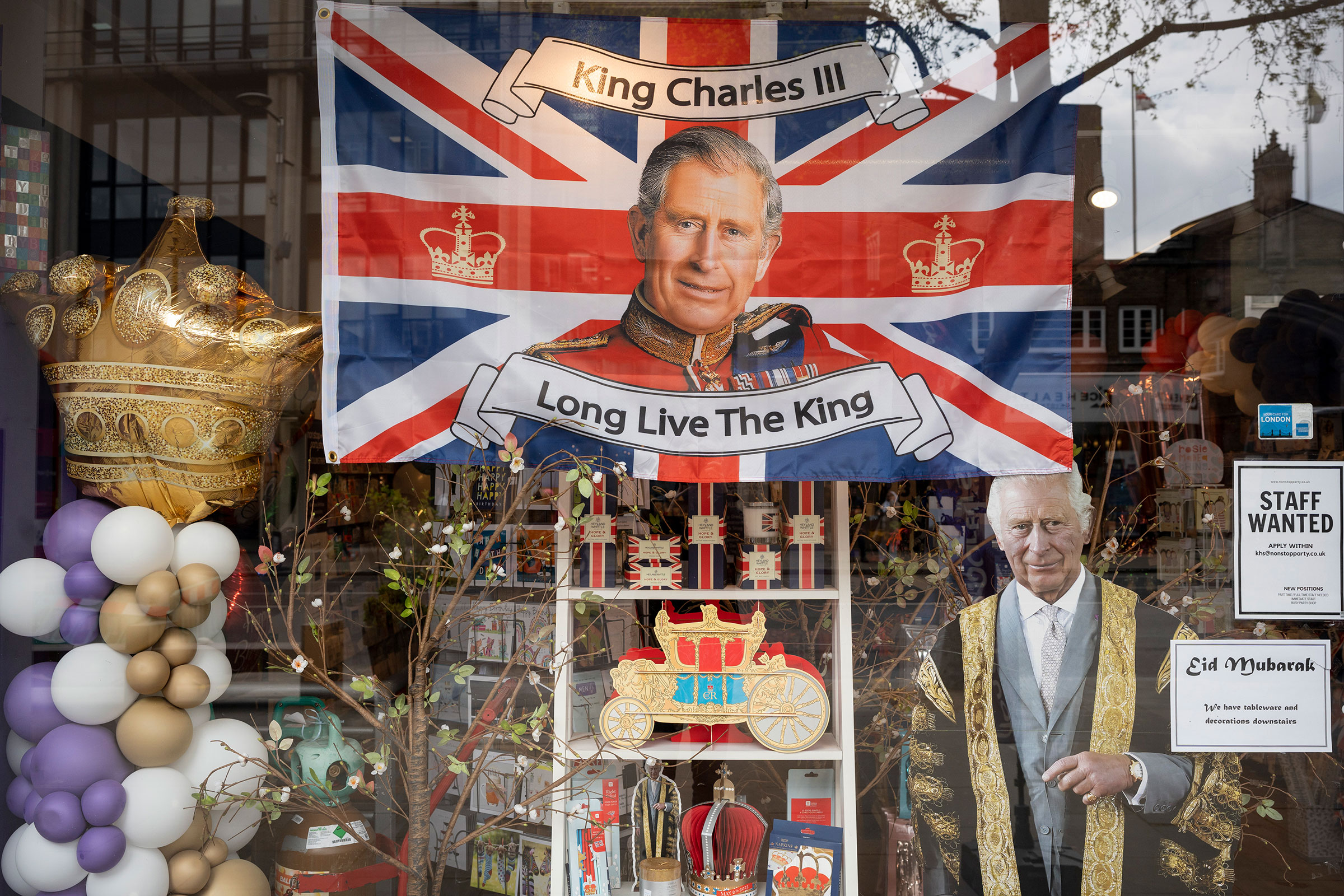

“In the case of George VI and Queen Elizabeth, it was really their opportunity to show that the monarchy was in good shape, after the trauma of the abdication which had only occurred five months earlier,” says Sally Bedell Smith, author of George VI and Elizabeth: The Marriage That Saved the Monarchy.
The 41-year-old King had assumed the position when Edward VIII stepped down Dec. 10, 1936, so the coronation was basically a religious ceremony. “Legally and technically George VI was every inch as much a King the moment after Edward’s abdication was signed as he was after last week’s ceremony,” TIME explained to readers in the May 24, 1937, issue published after the ceremony. “What went on in the Abbey was a purely religious rite sanctifying King George as a monarch, anointing him as a persona mixta (half priest, half layman) and inheritor of the divine right of kings.”
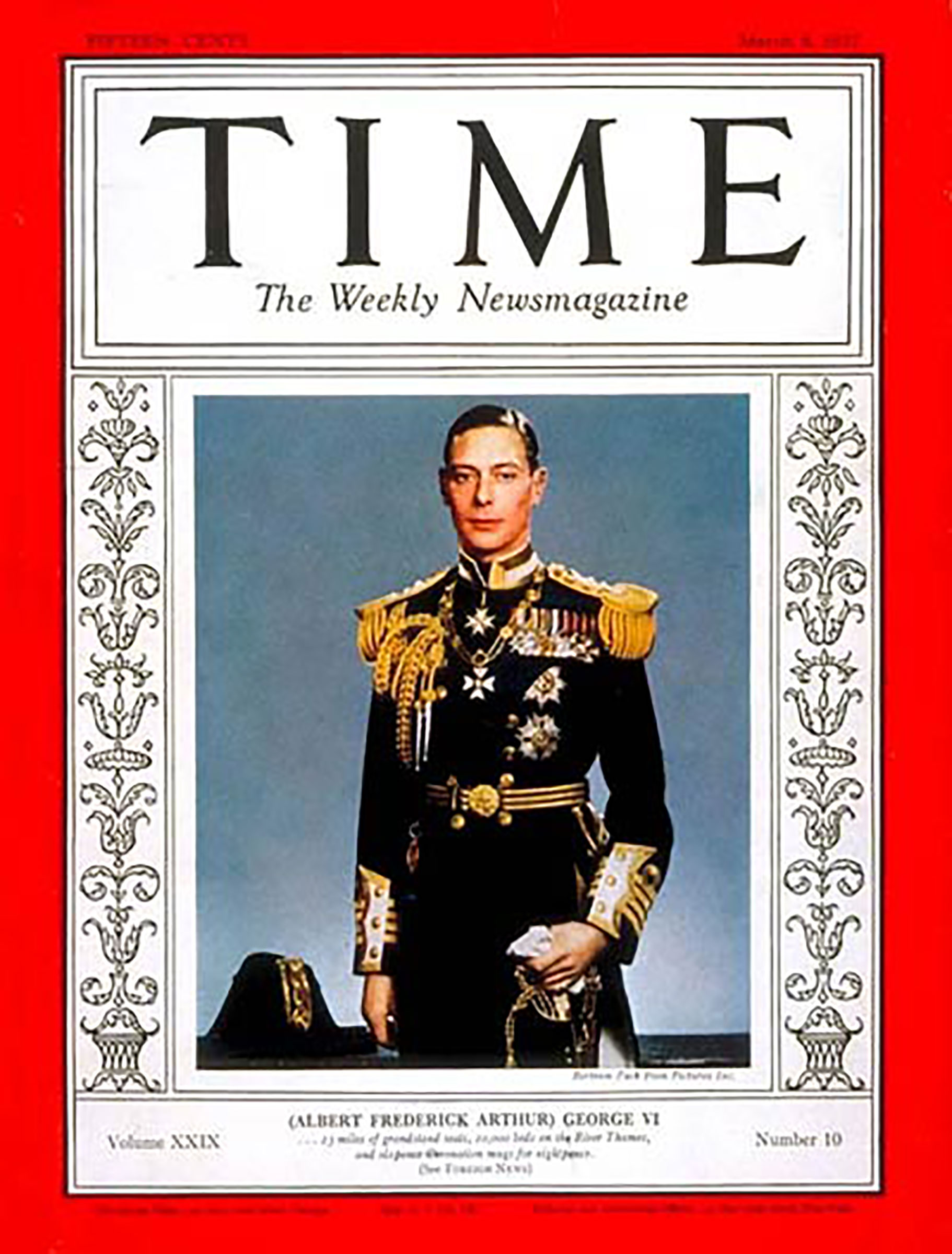
American skepticism of the monarchy was clear from the way TIME summed up the point of the event: “Five months of intensive propaganda had told them what this 1937 Coronation was held for: a gorgeous and expensive pageant of the solidarity of the British Empire and the permanence of British institutions in a changing world.”
But Smith argues that Britons welcomed the celebration in dreary times. “We had Hitler in power, busy rearming and preparing for war, the terrible economic depression—lots of menacing situations, particularly in Europe but also in Britain,” she says. “But nevertheless, the coronation was very elaborate. Millions of people were there, and I think people really wanted to see a major celebration.”

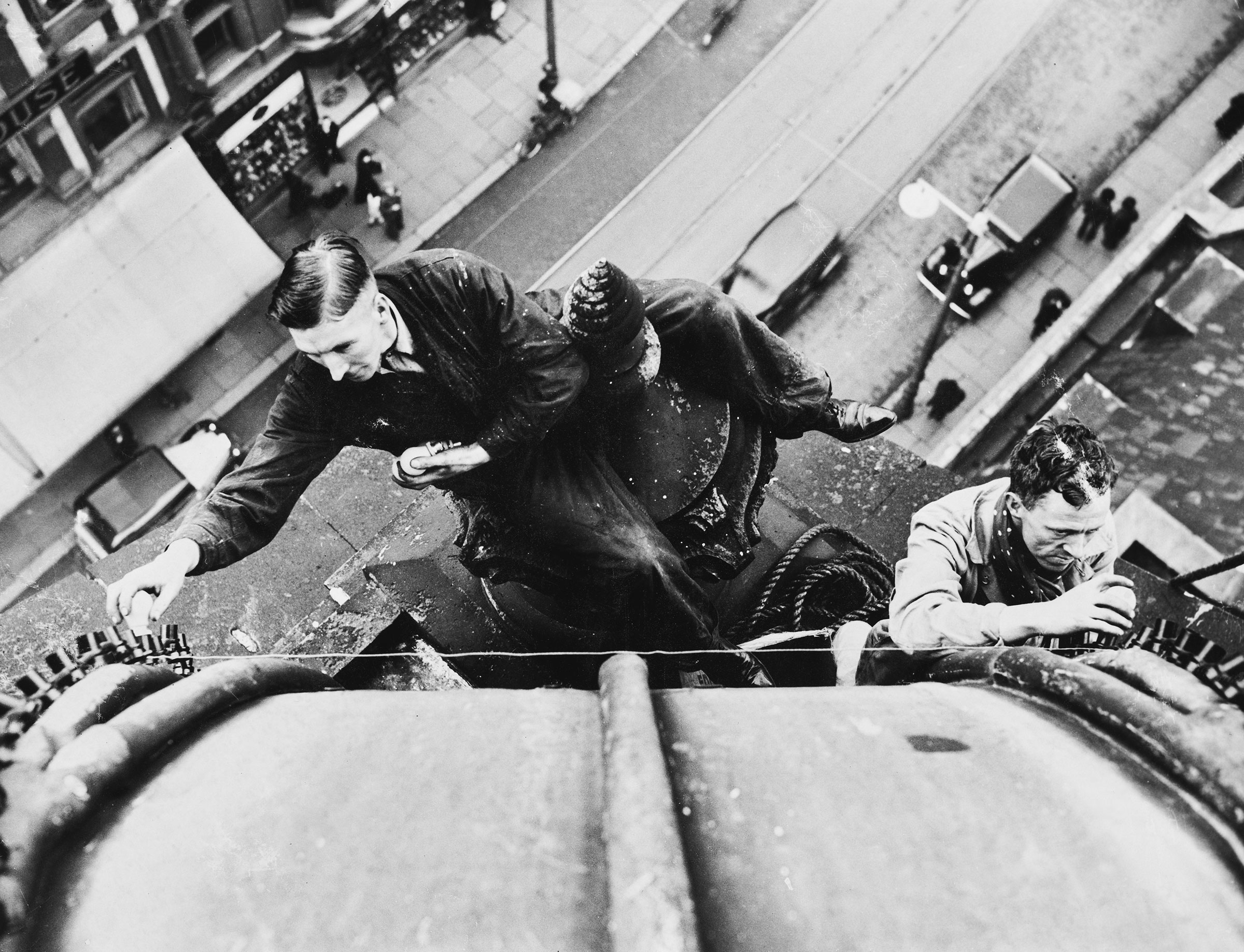
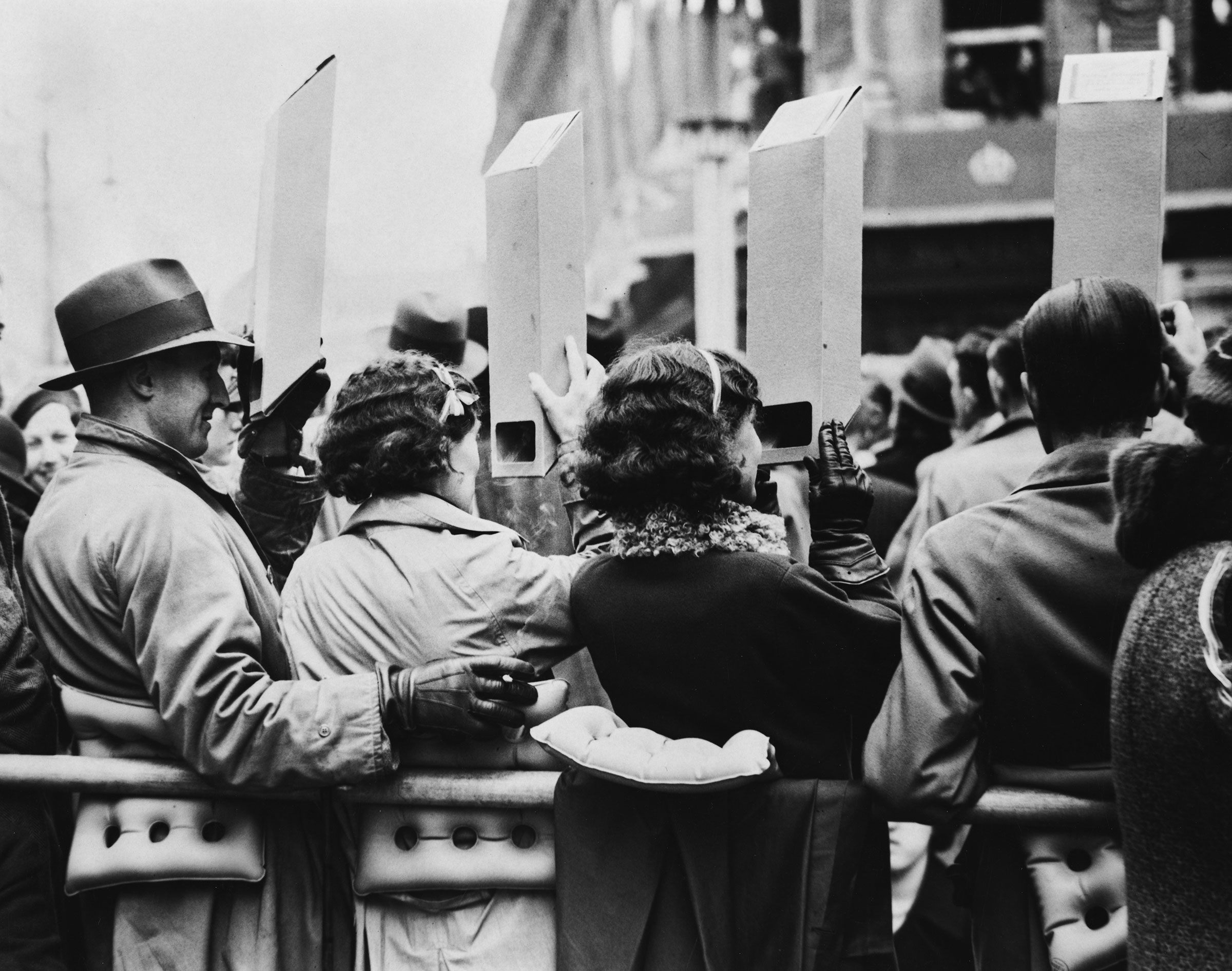
Britain was also in dire shape when George’s daughter Queen Elizabeth II succeeded him upon his death on Feb. 6, 1952. By the time of her coronation more than a year later, Britain was still suffering from the deprivations following World War II, and shortages of basic goods were common, according to Smith, who also wrote Elizabeth the Queen: The Life of a Modern Monarch. And yet, Britons chose to go all out with a traditional coronation ceremony—which TIME pointed out cost 25 times more than the first inauguration for President Eisenhower.
Support for the monarchy was still high as Elizabeth took the throne. TIME’s issue published after her coronation declared, “Five emperors, a dozen kings, and a score of minor dynasts have vanished in the wars, revolutions and other dislocations of the 20th century. Britain’s empire, too, is diminished, yet neither hot war nor cold war, nuclear nor social fission has tarnished the bright gold of the British crown. In an age that tends to reject ritual, scoff at virtue and call magic coincidence, the crown that was set this week on the head of Elizabeth II was more generally accepted because better understood, better loved because more respected, than it had ever been before.”
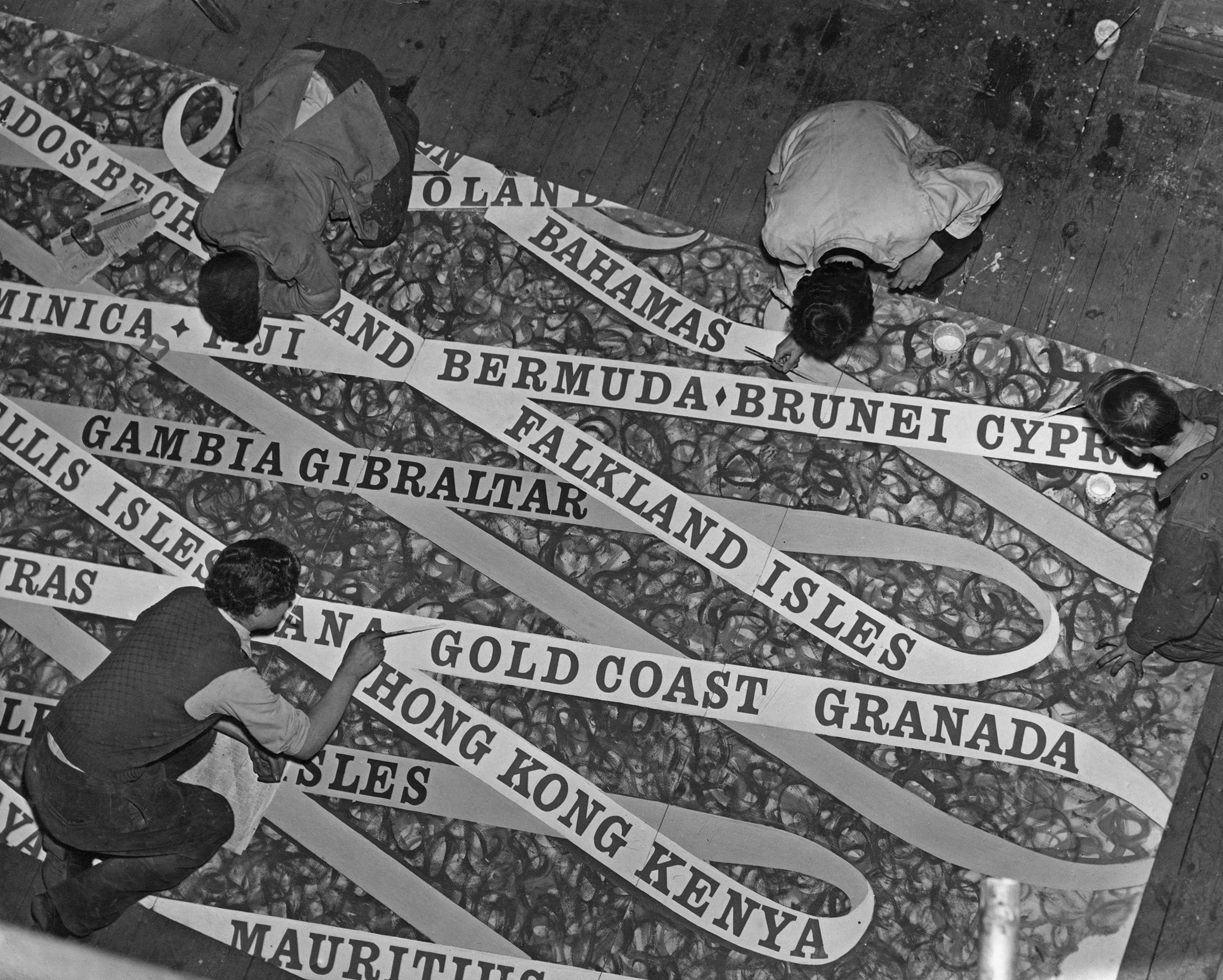

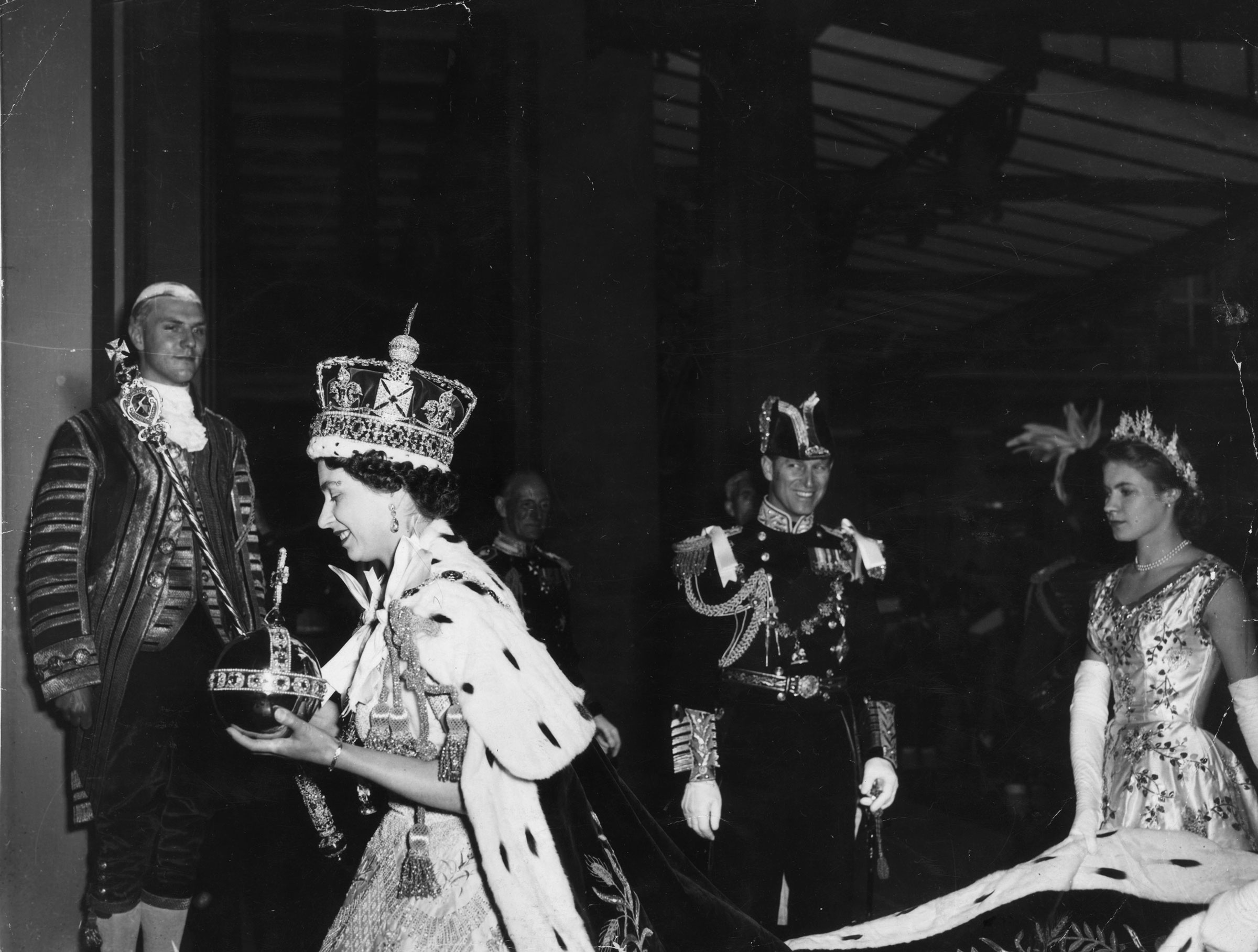
By contrast, King Charles III’s coronation has been billed as a stripped down affair as millions of Britons face a cost of living crisis due to inflation and energy costs. Smith sees a parallel in today’s bleak economic climate, arguing, “Now we have a situation where there is a lot of division and economic uncertainty. And so we see the King trying to strike a balance between honoring that tradition and underlining the continuity of this ceremony while acknowledging that Britain is very different.”
Age is also a notable difference between King Charles III and his predecessors. Charles is 74 and Camilla is 75. His mother, Queen Elizabeth II, was only 27 on her coronation day and walked down Westminster Abbey alone, representing “the promise of youth,” says Smith. Her father George VI was only 41 and the Queen Mother was only 36 on their coronation day.
But the “promise of youth” will be represented at the 2023 coronation by Charles’s eldest son William, the Prince of Wales who is next in line to the throne and who will be the only one allowed to kneel before his father and kiss his right cheek during the ceremony, the Sunday Times reports. As Smith puts it, by being “front and center” in this way, he will show “what the next generation is going to look like.”
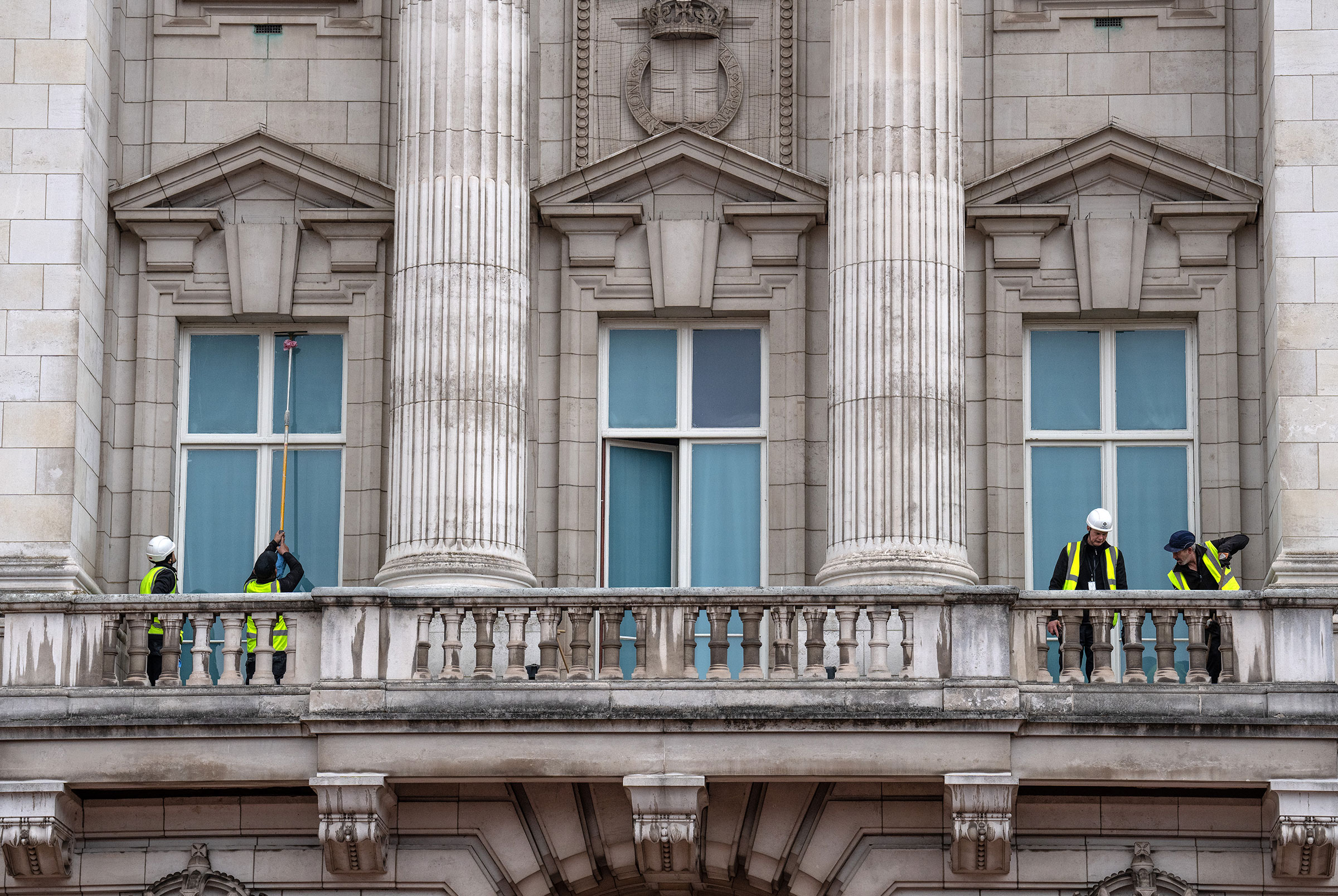
More Must-Reads from TIME
- Why Trump’s Message Worked on Latino Men
- What Trump’s Win Could Mean for Housing
- The 100 Must-Read Books of 2024
- Sleep Doctors Share the 1 Tip That’s Changed Their Lives
- Column: Let’s Bring Back Romance
- What It’s Like to Have Long COVID As a Kid
- FX’s Say Nothing Is the Must-Watch Political Thriller of 2024
- Merle Bombardieri Is Helping People Make the Baby Decision
Write to Olivia B. Waxman at olivia.waxman@time.com